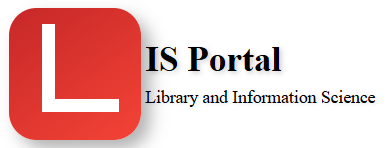A Data Flow Diagram (DFD) is a graphical representation of the flow of data within a system. It is used to visualize the flow of data from the source to the destination, and the processing that occurs in between. A DFD shows the inputs and outputs of a system, the data storage, and the interactions between different components of the system.
In the context of library and information science, an example of a Data Flow Diagram could represent the flow of information in a library system. For example, a DFD could show how a patron’s request for a book is processed, from the request being entered into the library’s system to the book being checked out and returned. The diagram could show the flow of data between the patron, the library’s catalog system, and the library’s circulation system, as well as any processing or storage that occurs along the way.
A DFD can help to clarify the relationships between different components of a system and to identify areas for improvement. In the library context, a DFD can help to understand the flow of information and to identify opportunities for streamlining processes and improving the user experience.
There are several tools that can be used to create Data Flow Diagrams (DFDs), ranging from basic flowcharting tools to more advanced diagramming and modeling software. Some popular options include:
-
Microsoft Visio: This is a popular diagramming and flowcharting tool that can be used to create DFDs, as well as other types of diagrams and flowcharts.
-
Lucidchart: This is a cloud-based diagramming and flowcharting tool that can be used to create DFDs, as well as other types of diagrams and flowcharts.
-
Gliffy: This is another cloud-based diagramming and flowcharting tool that can be used to create DFDs, as well as other types of diagrams and flowcharts.
-
SmartDraw: This is a powerful diagramming and flowcharting tool that can be used to create a wide range of diagrams and flowcharts, including DFDs.
-
Omnigraffle: This is a diagramming and flowcharting tool for Mac and iPad that can be used to create DFDs, as well as other types of diagrams and flowcharts.
